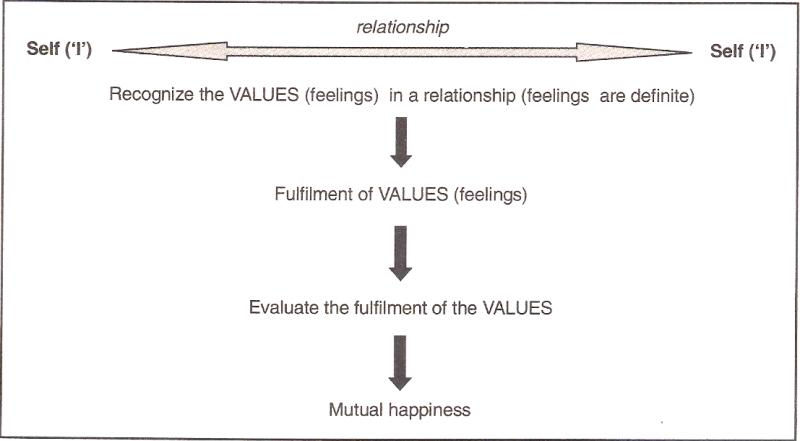Adolescence And Emotions
Adolescence and Emotions:
The term “ adolescence” is used today, it has a broader meaning and includes mental, emotional, and social as well as physical maturity. Adolescence is a time when the individual is expected to prepare for adulthood by replacing childish attitudes and behaviour patterns with those of an adult type. Early adolescence begins when the individual become sexually mature. For average girl of today, early adolescence begins at thirteen years and, for boys, approximately a later. The dividing line between early and late adolescence is placed around seventeen years. The young adolescence status in our society is vague and confused. At one time, he is treated as a child, and when acts like a child, he is reproved and told to act his age. When he attempts to act like an adult, he is often accused of being “ too big for his britches”. This ambiguous status presents a dilemma for the young teenagers. Late adolescence, which is part of the adolescent period, is recognized as beginning around seventeen years of age. There are certain attitudes and patterns of behavior, which are normally found among older adolescents that make them different from young adolescents- the “ teen-agers”. These characteristics are increased stability, changes in methods of meeting problems, knowledge of decreased adult concern, increased emotional calm, increased realism, and interest in symbols of maturity. Normally the generally heightened emotionality of early adolescence should wane as the adolescent is given more independence and is less protected by adults. In its place then comes emotional calm. While not all the moodiness, temper outbursts, and irrational worries and anxieties of early adolescence will automatically end when the individual is less restricted, they should be replaced gradually by less predisposition to become emotionally disturbed and by greater control over the overt expressions of the emotions.
Storm and Stress:
Traditionally, adolescence is a period of “storm and stress”, of heightened emotional tension that comes from the physical and glandular changes taking place at this time. While it is true that growth does continue through the early years of adolescence, it is at a progressively slower rate. What growth is taking place is primarily a completion of the pattern already set at puberty. It is necessary, therefore, to look for other explanations of the emotional tension so characteristic of this age. The explanations are to be found in social conditions that surround the adolescent of today. The pressures and expectations of the social group on individuals who, throughout the years of childhood, have had little if any preparation to meet the changed conditions that will face them at adolescence, are chiefly to blame for adolescent emotionality.
Justice in Human Relationships:
Justice is the recognition of values (the definite feelings) in relationship, their fulfilment, the right evaluation of the fulfilment resulting in mutual happiness. Justice concerns itself with the proper ordering of things and people within a society. There are four elements: Recognition of values, fulfilment, evaluation and mutual happiness ensured. When all the four are ensured, justice is ensured. Mutual fulfilment is the hallmark of justice. And justice is essential in all relationships. Justice starts from family and slowly expands to the world family. The child gets the understanding of justice in the family. With this understanding, he goes out in the society and interacts with people. If the understanding of justice is ensured in the family, there will be justice in all the interactions we have in the world at large. If we do not understand the values in relationships, we are governed by our petty prejudices and conditionings. We may treat people as high or low based on their body (particular caste, or sex or race or tribe), on the basis of wealth one possesses or the belief systems that one follows. All this is source of injustice and leads to fragmented society while our natural acceptance is for an undivided society and universal human order. Having explored the harmony in the human beings, we are able to explore the harmony in the family. This enables us to understand the harmony at the level of society and nature/existence. And this is the way, the harmony in our living grows. We slowly get the competence to live in harmony with all human beings.
